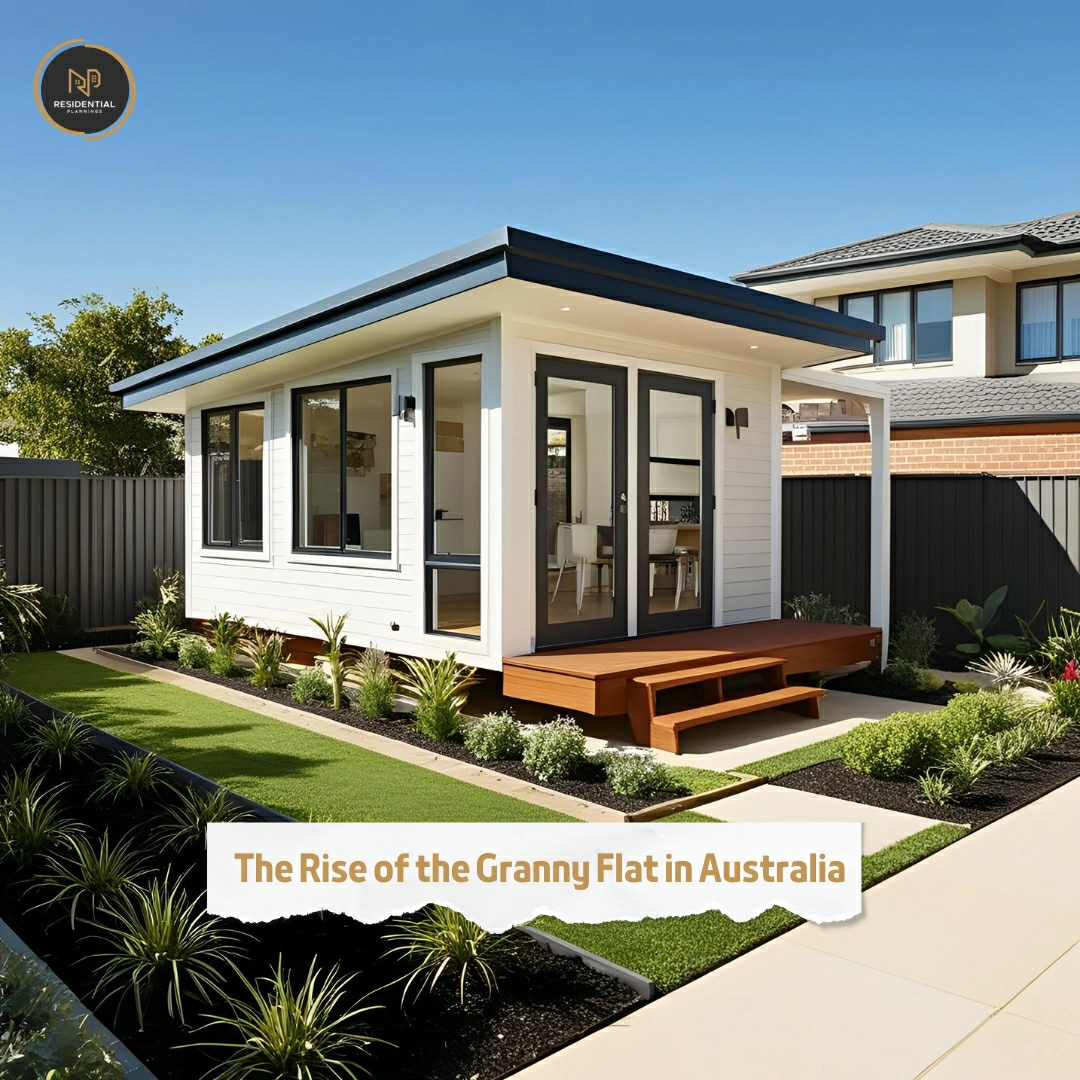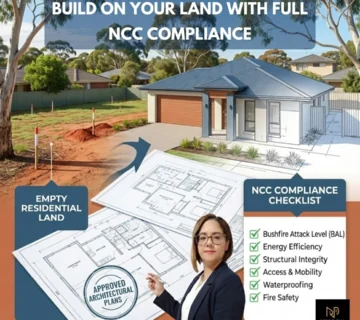Why More Australians Are Building Granny Flats
Many Australians see granny flats as an affordable and practical way to keep their family together. Others consider them a smart investment that enhances financial security while adding value to their property. Whether for personal use or as a rental opportunity, granny flats are gaining momentum across the country.
For property investors, the traditional ways to increase a home’s value—such as adding a pool, an extra bedroom, or a second storey—can be costly and high-risk in today’s real estate market. Given Sydney’s housing market ranks as one of the least affordable globally, with home prices nearly 13 times higher than the median household income, many homeowners are reluctant to commit to expensive renovations.
Instead, an increasing number of Australians are opting for granny flats as a cost-effective way to boost property value. The popularity of these secondary dwellings is on the rise, with thousands built each year, and the trend shows no signs of slowing.
So, why are granny flats becoming such a key feature in the Australian housing market?
What Is a Granny Flat?
A granny flat is a self-contained, small-scale living space built on the same lot as an existing family home. Also known as secondary dwellings, granny pods, or accessory dwelling units (ADUs), these compact homes initially served as housing for elderly family members. They provided an affordable alternative to aged care facilities while allowing families to stay close.
Today, granny flats serve a variety of purposes. Some homeowners use them for live-in housekeepers, adult children saving for their first home, or even as rental properties to generate extra income.
Under current Australian regulations, granny flats generally cannot exceed 60 square metres in size. They can be either detached from or attached to the primary residence, depending on the available space and council regulations.
While some granny flats offer full-scale amenities like a mini-house, others provide only basic living facilities. Their design and function vary according to the needs of the homeowner and potential tenants.
Why Granny Flats Are Growing in Popularity
The growing popularity of granny flats in Australia can be attributed to several key factors:
1. Keeping Families Together
Granny flats allow families to stay close without sacrificing privacy. They provide ideal housing solutions for young adults who cannot yet afford their own homes or for elderly parents who require nearby support.
2. Affordable Housing Option
With rising rental costs in major Australian cities, granny flats present a budget-friendly housing alternative. Renters seeking affordable accommodation often prefer granny flats over shared housing or expensive city apartments.
3. Cost-Effective Investment
Compared to building a full-size home, granny flats are significantly cheaper. While constructing a new house can cost over $500,000, a granny flat typically costs around $120,000. This allows investors to generate rental income without overextending their budget.
4. Additional Income Stream
Many homeowners rent out their granny flats to supplement their income. On average, granny flats in Australia generate around $280 per week, with Sydney’s average reaching $346 per week. This translates to an annual rental income of between $13,000 and $18,000, helping homeowners pay off their mortgage or boost savings.
5. Increased Property Value
Adding a granny flat enhances the overall value of a property, making it more attractive to potential buyers. Since the property now includes a secondary dwelling, future owners can benefit from rental income or additional living space.
Success Story: How Zack Maximised His Investment
Zack purchased a 695-square-metre block in Cambridge Park, Sydney, with an existing three-bedroom rental home. Despite steady income, the property’s rental yield remained low at 4%. Determined to increase his returns, Zack explored different investment options and decided to build a granny flat.
After consulting with property experts, he identified three key reasons for investing in a granny flat:
- Affordability: Granny flats are more cost-effective than major home extensions.
- Demand: Affordable rental options like granny flats are highly sought after.
- Market Growth: The upcoming Western Sydney Airport development was expected to boost property values in the area.
However, competition was fierce, with multiple investors building granny flats nearby. To make his unit stand out, Zack constructed a two-bedroom granny flat with a porch and garage. While this increased his construction cost to $146,000 (above the national average), the additional features made the flat highly desirable.
To retain his current tenants during construction, Zack offered them a $100 weekly rent reduction. This ensured consistent rental income while minimising potential financial strain.
Once completed, Zack’s new granny flat generated $410 per week, bringing his total rental income to $860 per week. His rental yield increased dramatically, with the granny flat expected to pay for itself in under seven years. His long-term goal is to hold the property until it reaches peak capital growth before selling.
Zack’s success story highlights how strategic planning can turn a granny flat into a profitable investment.
5 Key Tips for Building a Granny Flat
1. Understand Local Regulations
Before building a granny flat, check with your local council regarding zoning laws, size restrictions, and tenant regulations. Some states only permit granny flats if they house dependent family members, while others prohibit renting them out to non-family tenants.
2. Optimise Your Existing Space
Ensure your granny flat design works with the existing land layout. Consider the slope, shape, and existing infrastructure to avoid unnecessary excavation or major site modifications, which can increase costs.
3. Prioritise Functionality
Practicality is key. A well-designed granny flat should provide privacy, easy access, and efficient use of space. Features like extra storage, separate entrances, and multi-functional rooms can enhance tenant appeal.
4. Choose a Reliable Builder
Work with experienced builders who specialise in granny flats. Always request their Certificate of Currency to confirm they are licensed and insured. A good builder should stick to the timeline, budget, and maintain clear communication throughout the project.
5. Retain Existing Tenants
If you already have tenants in your primary home, discuss potential disruptions before starting construction. Temporary rent discounts or flexible lease terms can encourage them to stay, ensuring continued rental income.
Final Thoughts
Granny flats have become a practical and profitable solution for many Australians. Whether for keeping family members close, generating rental income, or increasing property value, they offer a smart way to enhance residential properties.
By understanding local regulations, optimising design, and making strategic financial decisions, you can successfully integrate a granny flat into your investment portfolio. With careful planning, a granny flat can be not only cost-effective but also self-sufficient, making it an attractive option for both homeowners and investors alike.




